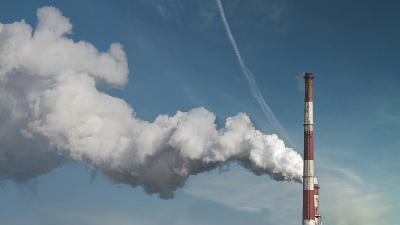
© https://ut.ee
У Тартуському університеті стартувало унікальне дослідження, яке має визначити рівень накопичення токсичних речовин у людських організмах в різних регіонах Естонії. У проєкті візьмуть участь 1000 осіб — половина з них мешканці індустріально розвиненого повіту Іда-Віру, решта — з інших куточків країни. Метою дослідження є з’ясування масштабів впливу шкідливих речовин, що потрапляють до організму через забруднене повітря, воду та продукти харчування. Особлива увага приділяється районам з активною діяльністю нафтового сланцю, де населення й працівники перебувають у зоні підвищеного ризику через хімічні забруднення. Професор Ганс Орру, керівник проєкту, пояснює, що в рамках дослідження буде досліджено накопичення важких металів, пестицидів, поліциклічних ароматичних вуглеводнів та хімічних сполук, таких як бензол і ксилол. Крім того, вивчатимуться речовини, що використовуються у виробництві пластмас, пакувальних матеріалів, дитячих іграшок та інших побутових товарів, які можуть впливати на гормональний баланс та інші аспекти здоров’я. Дані будуть зібрані шляхом аналізу зразків крові, сечі та волосся учасників. Перед цим люди заповнять детальні анкети щодо умов життя, роботи, харчування і стану здоров’я, а також дадуть згоду на можливе подальше залучення до наукових досліджень. Дослідники порівняють отримані результати з подібним дослідженням 1990-х років, щоб відстежити зміни та динаміку екологічного впливу за останні три десятиліття. Особливу увагу приділять регіону Іда-Віру, де нарівні з видобутком сланцю зростають інші галузі, зокрема переробка текстильних відходів та деревообробка. Проєкт реалізується за підтримки Міністерства соціальних справ та Міністерства регіонального розвитку й сільського господарства, у співпраці з Державною службою охорони здоров’я Естонії, в рамках європейської ініціативи з оцінки ризиків хімічних речовин. Дослідження триватиме до липня 2027 року і фінансується частково за кошти Фонду справедливого переходу ЄС.
Estonia Launches Major Study on the Impact of Harmful Substances on Human Health
The University of Tartu has initiated a unique study aimed at determining the levels of toxic substances accumulated in the bodies of people from different regions of Estonia. The project will involve 1,000 participants—half of whom are residents of the industrially developed Ida-Viru County, with the remainder coming from other parts of the country. The purpose of the study is to assess the extent of exposure to harmful substances entering the human body through polluted air, water, and food. Special attention is given to areas with active oil shale industry activities, where residents and workers face increased risks due to chemical pollution. Professor Hans Orru, the project leader, explains that the research will examine the accumulation of heavy metals, pesticides, polycyclic aromatic hydrocarbons, and chemical compounds such as benzene and xylene. Additionally, substances used in the production of plastics, packaging materials, children’s toys, and other everyday products will be studied for their potential effects on hormonal balance and other health aspects. Data will be collected through analysis of blood, urine, and hair samples from the participants. Prior to sampling, participants will complete detailed questionnaires about their living and working environments, diet, and overall health, and will provide consent for possible future involvement in follow-up studies. Researchers plan to compare the new results with data from a similar study conducted in the 1990s to track changes and trends in environmental impact over the past three decades. Particular focus will be placed on the Ida-Viru region, where alongside the oil shale industry, other sectors such as textile waste recycling and timber processing are expanding.
The project is supported by the Ministry of Social Affairs and the Ministry of Regional Development and Agriculture, in cooperation with the Estonian Health Board, as part of a European initiative for chemical risk assessment. The study will continue until July 2027 and is partially funded by the EU Just Transition Fund.
1047